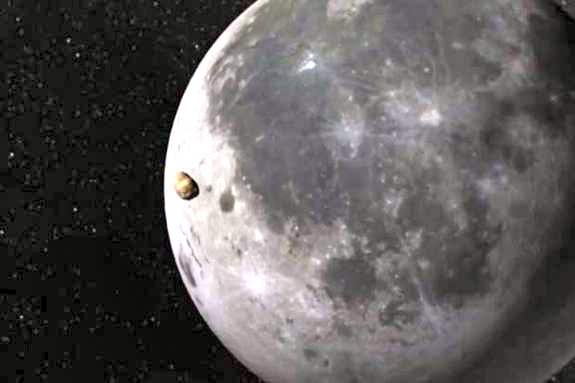Wednesday, March 12, 2014
![Mammatus clouds]() (Getty Images/Flickr RF
(Getty Images/Flickr RF)
Persistent cold air during the first part of the spring is likely to cause severe weather to get off to a sluggish start in a heavily populated part of the nation. However, a marked turnaround is expected later in the spring for 2014.
On average, severe weather gradually ramps up moving forward through the spring. This year, the transition may occur later and may be more dramatic.
A spike in damaging thunderstorms, including some capable of producing tornadoes, is expected during May and June.
Early Season Temperature Extremes
According to AccuWeather long-range weather expert Paul Pastelok, "We expect a southward dip in steering-level winds to occur much of the time over a large part of the Midwest to the Eastern states during March and the first part of April."
This dip of strong winds high in the atmosphere, known as a jet stream trough, will generally keep warm, moist air at bay from near the Mississippi River to the Atlantic coast.
![]()
Last year, a similar setup occurred in much of the same area during the spring and led to a much lower-than-average severe weather season for the nation as a whole.
Thunderstorms are fueled by rising warm, moist air. As a general rule, the lower the temperature near the ground, the lower the risk for tornadoes and violent thunderstorms.
"This year, the ground is colder, the Great Lakes have an extensive amount of ice and the Gulf of Mexico waters are starting off colder than average," Pastelok said. "All of these can have a negative impact on temperatures in the lower atmosphere."
Over much of the Southeast, Midwest and Northeast, the tornado risk will be lower than average early on due to the colder-than-average environment expected.
RELATED:
AccuWeather Severe Weather Center
The Difference Between Tornado Watches and Warnings
Strong Storms to Threaten Philly, DC, Raleigh Wednesday
According to severe weather expert Dan Kottlowski, "As a positive note, we may not see the frequency and violence of severe thunderstorms and tornadoes that typically occur during March and much of April, because of the lingering chill impacting a significant part of the nation."
However, Kottlowski urged caution when comparing overall numbers of tornado and other severe weather incidents to other seasons.
"This is not to say there cannot be a couple of outbreaks of severe weather during the first part of the spring in portions of the Midwest, the South and even the Northeast," Kottlowski said. "People should not let their guard down."
Even during a minor severe weather event, all it takes is one tornado hitting a populated area to bring the potential for great loss of life and destruction.
Strong storm systems can exploit temperature extremes. These storms can allow building warm, moist air to surge in just long enough to trigger an outbreak of severe weather in an otherwise predominantly cool weather pattern.
There is one area where severe weather may get off to an early, typical start with the possibility of frequent severe weather events during March and April.
In portions of Texas, Oklahoma, western Arkansas and western Louisiana, Kottlowski and Pastelok both expect warmth to build quickly relative to the balance of the Central and Eastern states.
The AccuWeather long-range team has concerns for flooding over part of the Tennessee and Ohio valleys with this setup, however. Weakening thunderstorms could unload heavy rain as they move farther east and unwind in the semi-permanent cooler air.
Dramatic Pattern Change Later in Spring
Pastelok and Kottlowski expect the pattern from the Mississippi Valley to the East to change significantly during May and June and correspondingly expect a spike in severe weather incidents to progress northward and eastward.
![]()
"We expect a normal to perhaps an above-average amount of severe thunderstorms over the Central states during May and June," Kottlowski said.
Indications are that the jet stream will pull to the north during May and June and hence will allow warm, moist air to flow northward more regularly over the Midwest.
"While warmth combined with drier air may keep a lid on severe weather for a time in the East during May, the air should be thoroughly warm and moist over much of the Midwest and South Central states," Pastelok said.
Areas from the Dakotas and Minnesota to Wisconsin, Michigan, the Appalachians and Atlantic coast should experience surge of severe weather during June and July.
A significant number of severe weather events are likely to continue to occur over the balance of the Midwest and South Central states and expand to along the Rockies as spring draws to a close and summer begins.
PHOTOS ON SKYE: Stunning Photos from the 2013 Tornado Season
![Kansas Torndao]()
Read | Permalink | Email this | Linking Blogs | Comments
































.jpg)


































